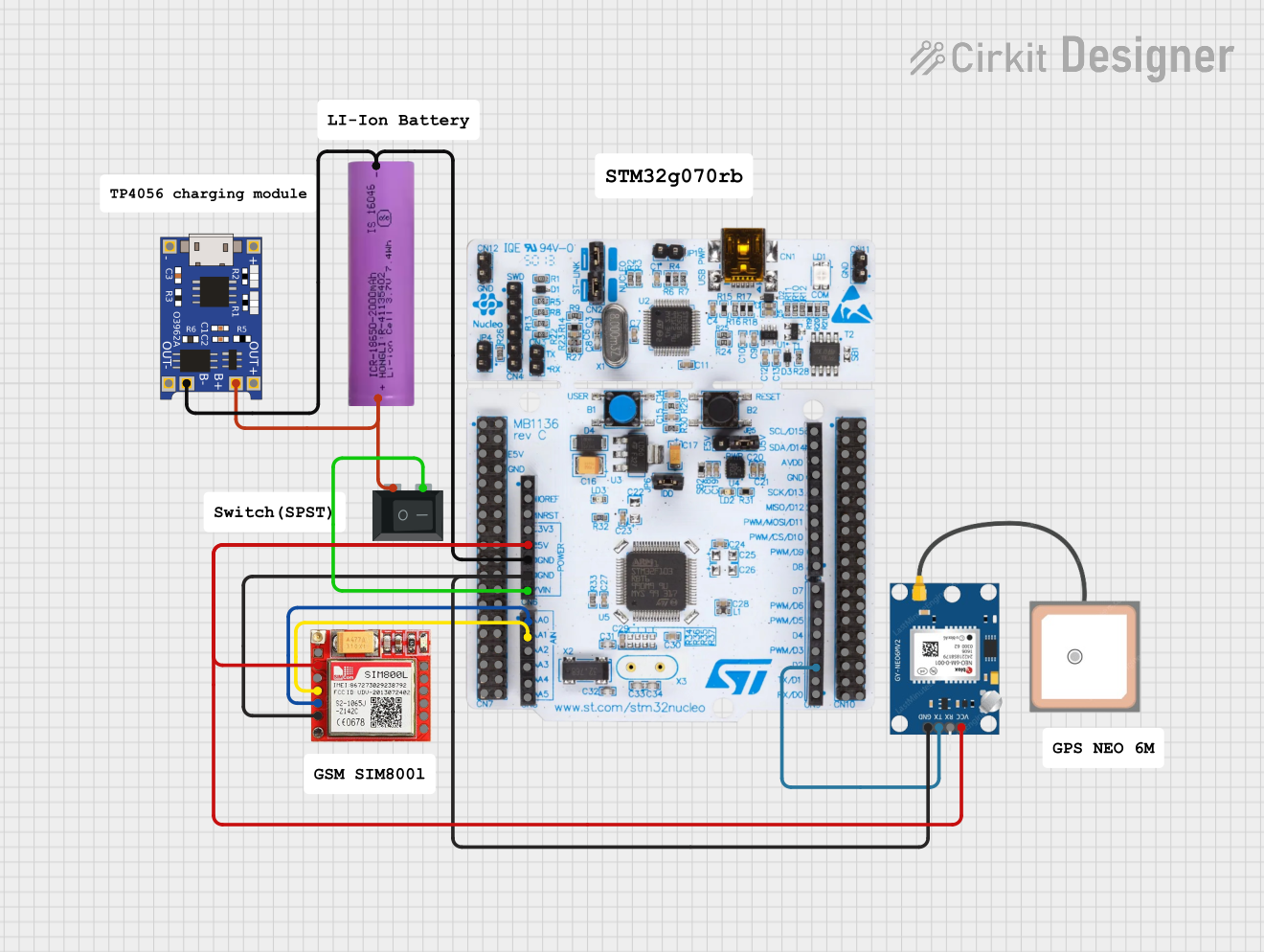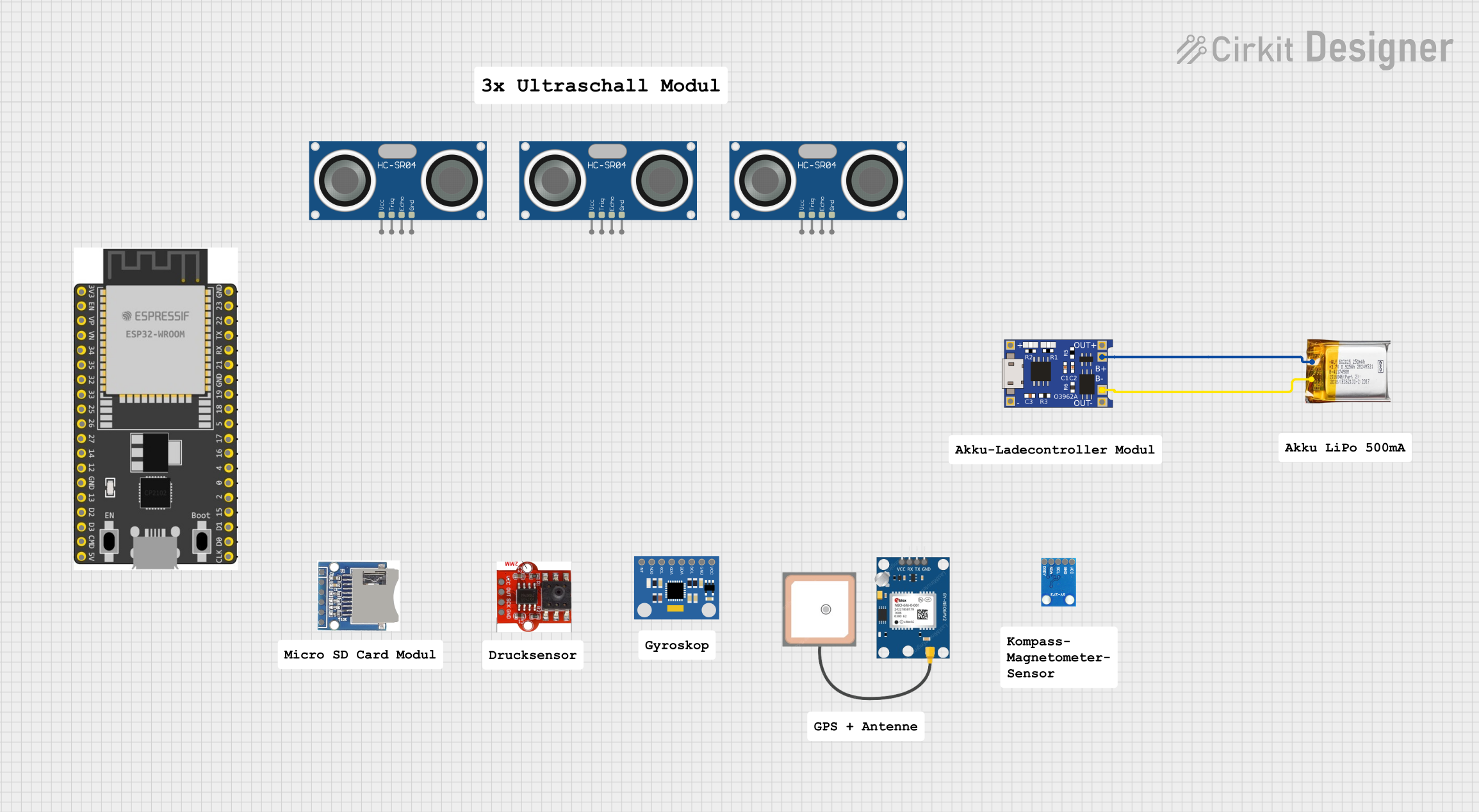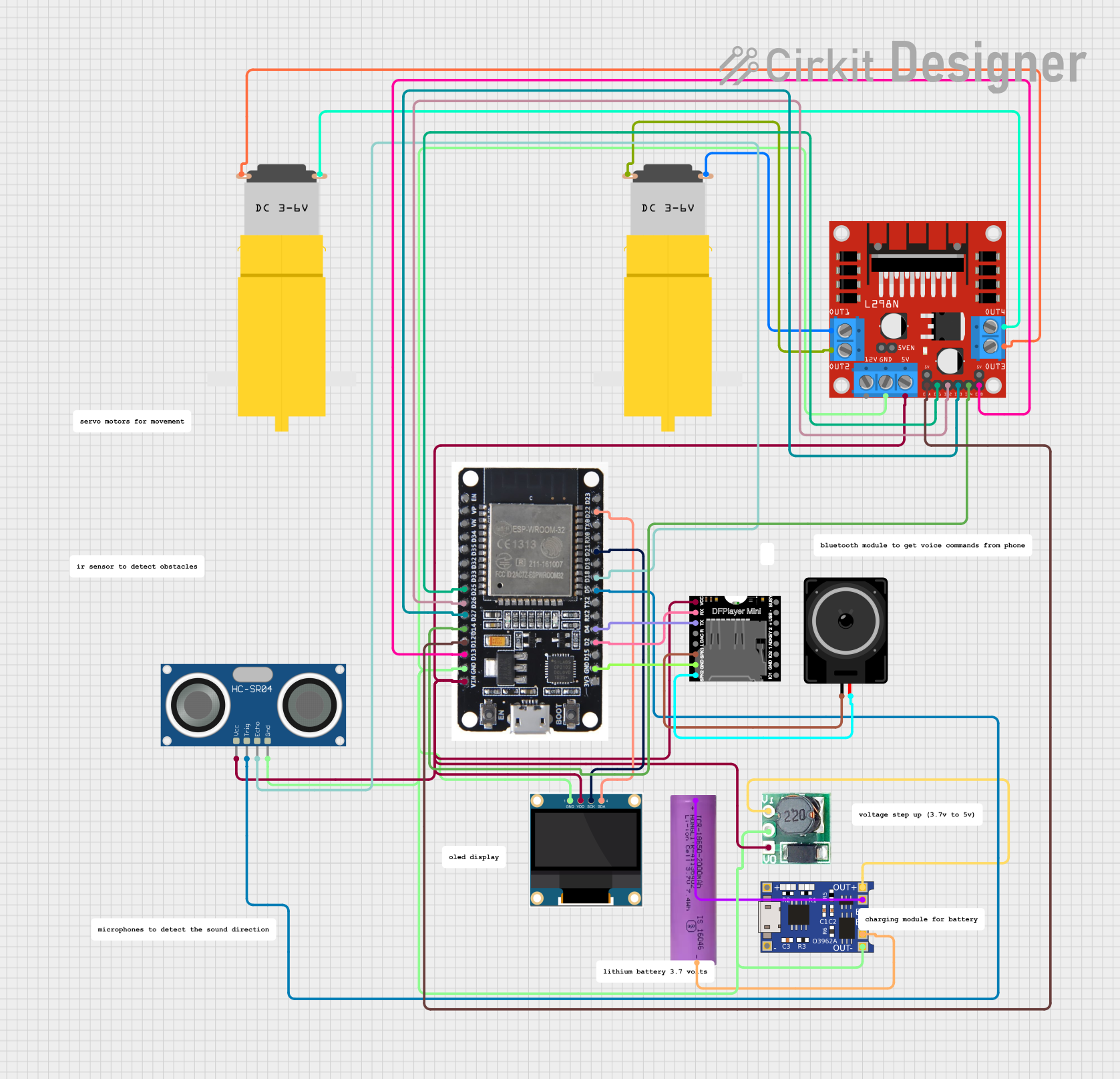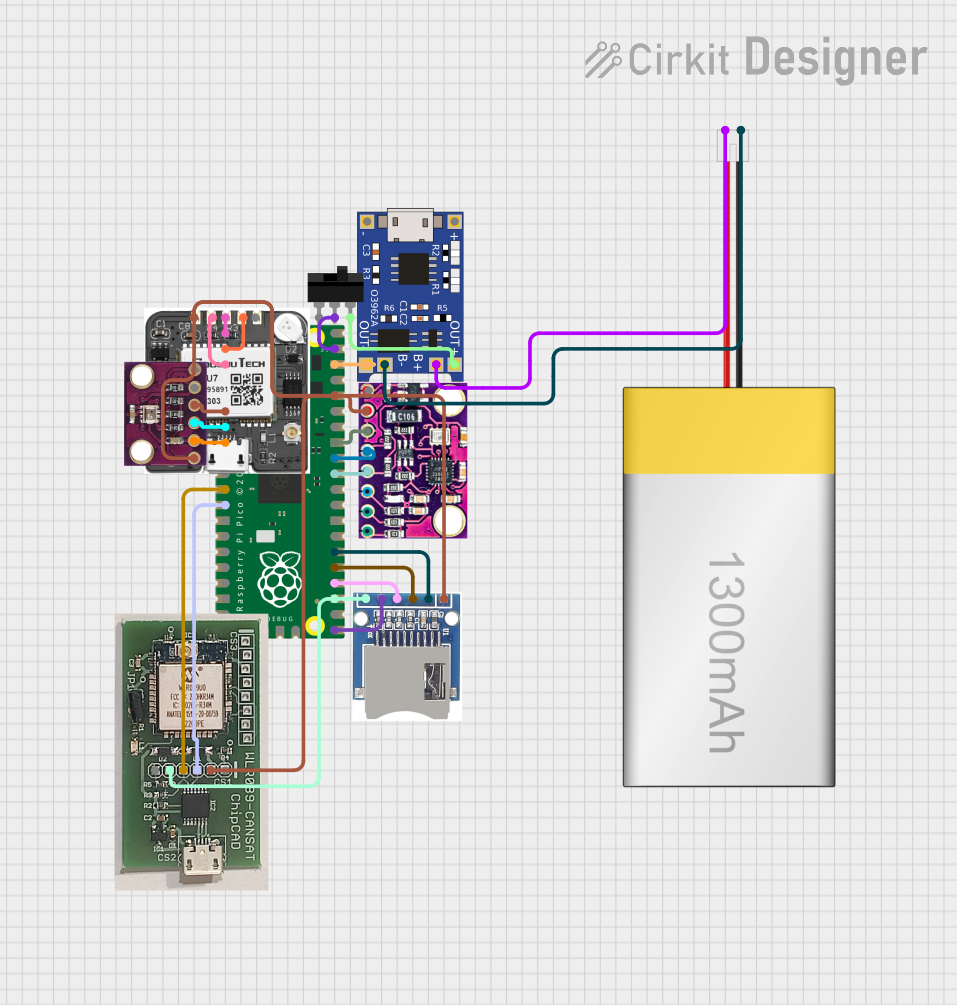
How to Use 4046: Examples, Pinouts, and Specs

 Design with 4046 in Cirkit Designer
Design with 4046 in Cirkit DesignerIntroduction
The CD4046 is a versatile Phase-Locked Loop (PLL) integrated circuit that is widely used in electronic applications requiring frequency control. It consists of a low-power, linear voltage-controlled oscillator (VCO) and two different phase comparators with a common signal input amplifier and a common comparator input. The CD4046 is commonly used for frequency synthesis, modulation, demodulation, and signal conditioning.
Explore Projects Built with 4046

 Open Project in Cirkit Designer
Open Project in Cirkit Designer
 Open Project in Cirkit Designer
Open Project in Cirkit Designer
 Open Project in Cirkit Designer
Open Project in Cirkit Designer
 Open Project in Cirkit Designer
Open Project in Cirkit DesignerExplore Projects Built with 4046

 Open Project in Cirkit Designer
Open Project in Cirkit Designer
 Open Project in Cirkit Designer
Open Project in Cirkit Designer
 Open Project in Cirkit Designer
Open Project in Cirkit Designer
 Open Project in Cirkit Designer
Open Project in Cirkit DesignerCommon Applications and Use Cases
- Frequency synthesis and clock generation
- Frequency modulation and demodulation
- Signal conditioning and filtering
- Motor speed control
- Wireless communication systems
Technical Specifications
Key Technical Details
- Supply Voltage (Vdd): 3V to 15V
- Input Frequency Range: 1Hz to 10MHz (typical, varies with Vdd)
- Operating Temperature: -55°C to +125°C
- Package: Available in DIP and SOIC packages
Pin Configuration and Descriptions
| Pin Number | Name | Description |
|---|---|---|
| 1 | PC1 | Phase Comparator I Output |
| 2 | PC2 | Phase Comparator II Output |
| 3 | ZC | Zero Crossing Detector Output (from PC2) |
| 4 | VCO In | VCO Input |
| 5 | VCO Out | VCO Output |
| 6 | VCO Cap | External Capacitor for VCO |
| 7 | VCO Res | External Resistor for VCO |
| 8 | GND | Ground (0V) |
| 9 | INH | Inhibit (active high) |
| 10 | SIGin | Signal Input |
| 11 | SIGin | Signal Input Buffer Output |
| 12 | PC1 | Phase Comparator I Input |
| 13 | PC2 | Phase Comparator II Input |
| 14 | Vdd | Positive Supply Voltage |
| 15 | C1 | Capacitor 1 (for PC1) |
| 16 | C2 | Capacitor 2 (for PC2) |
Usage Instructions
How to Use the Component in a Circuit
Power Supply: Connect the Vdd pin to a positive supply voltage within the range of 3V to 15V and the GND pin to the ground.
VCO Configuration: Connect an external resistor to the VCO Res pin and an external capacitor to the VCO Cap pin to set the VCO frequency range.
Signal Input: Apply the input signal to the SIGin pin. The signal can be buffered by connecting the SIGin pin to the SIGin buffer output pin.
Phase Comparator: Choose the appropriate phase comparator (PC1 or PC2) for your application and connect the output of the VCO to the corresponding comparator input pin.
Output: The output of the phase comparator can be used to control other parts of your circuit or for further processing.
Important Considerations and Best Practices
- Ensure that the power supply voltage does not exceed the maximum rating of 15V.
- Use decoupling capacitors close to the power supply pins to minimize noise.
- Select the VCO components (resistor and capacitor) according to the desired frequency range.
- Avoid placing noise-generating components near the PLL to prevent interference.
Troubleshooting and FAQs
Common Issues Users Might Face
- Unstable Output: This can be caused by incorrect VCO component values or insufficient power supply decoupling.
- No Output Signal: Ensure that the INH (Inhibit) pin is not active (low) and that the power supply and ground connections are secure.
Solutions and Tips for Troubleshooting
- Double-check the VCO component values and replace them if necessary.
- Add or improve decoupling on the power supply lines.
- Verify that the INH pin is not inadvertently being driven high.
FAQs
Q: Can the CD4046 be used for amplitude modulation (AM)? A: While the CD4046 is primarily designed for frequency modulation (FM), it can be used in AM applications with additional circuitry.
Q: What is the difference between PC1 and PC2? A: PC1 is an exclusive OR (XOR) phase comparator, while PC2 is a more complex phase comparator that provides a zero crossing detector output.
Q: How do I set the VCO frequency? A: The VCO frequency is set by choosing the correct values for the external resistor and capacitor connected to the VCO Res and VCO Cap pins, respectively.
Q: Can the CD4046 be used with an Arduino? A: Yes, the CD4046 can be interfaced with an Arduino for various applications, such as generating clock signals or reading the phase comparator outputs.
Example Code for Arduino UNO
// Example code to read the phase comparator output of CD4046 with an Arduino UNO
const int phaseComparatorPin = 2; // Connect to PC1 or PC2 output of CD4046
void setup() {
pinMode(phaseComparatorPin, INPUT);
Serial.begin(9600);
}
void loop() {
int phaseValue = digitalRead(phaseComparatorPin);
Serial.println(phaseValue); // Print the phase comparator output value
delay(100); // Simple delay for readability
}
Note: This example assumes that the CD4046 is properly configured and that the phase comparator output is connected to digital pin 2 of the Arduino UNO. The code reads the output of the phase comparator and prints the value to the Serial Monitor.